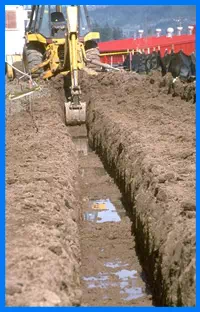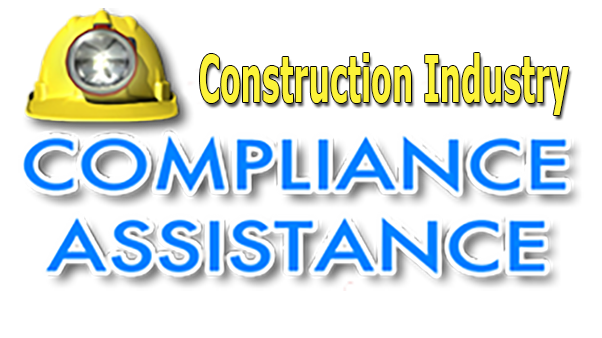
Stormwater - Overview
|
 |
Stormwater runoff from construction activities can have a significant impact on water quality by contributing sediment and other pollutants to creeks, streams, lakes, etc. Under the Federal Clean Water Act, The National Pollutant Discharge Elimination System (NPDES) permit program controls water pollution by regulating sources of pollution that discharge into waters of the United States. Federal regulations relating to the NPDES Stormwater Permit Program require operators of certain sized construction projects to obtain authorization to discharge stormwater under an National Pollutant Discharge Elimination System (NPDES) construction stormwater permit.
The NPDES stormwater program requires construction site operators engaged in clearing, grading, and excavating activities that disturb 1 acre or more, including smaller sites in a larger common plan of development or sale, to obtain coverage under an NPDES permit for their stormwater discharges. Most states are authorized to implement the Stormwater NPDES permitting program. EPA remains the permitting authority in a few states, territories, and on most land in Indian Country (see complete summary). In areas where EPA is the permitting authority, operators must meet the requirements of the EPA Construction General Permit (CGP).
Construction projects that disturb one or more acres are subject to three major requirements:
- Submit a permit application (or Notice of Intent) prior to the start of construction.
- Develop, submit, and fully implement an erosion and sediment control plan that is approved prior to initiating any on-site activities. This plan specifies the measures that will be put in place to prevent and/or control erosion and sediment run-off.
- Submit a Notice of Termination when the following criteria have been met: final stabilization of the site has been achieved as defined in the permit, all temporary erosion and sediment controls have been removed, and no potential remains for construction-related sediment discharge to surface waters.
EPA and many state permitting authorities waive stormwater permitting requirements for small construction sites with a low erosivity potential. For example, operators of small construction sites in areas where EPA is the NPDES permitting authority qualify for the waiver if the "R" factor is less than 5 during the period of construction activity. EPA has published an updated calculator to help construction sites calculate their rainfall erosivity factor. Check with your NPDES permitting authority, to determine if this calculator can be used to determine eligibility for a low erosivity waiver (LEW).
More Resources
The following additional stormwater resources are available here at CICA Center:
-
Federal Stormwater Regulations - Current Activities. Find out about new EPA stormwater regulations that will affect the construction industry.
-
Stormwater State Resource Locator. This resource is designed to help companies know about and comply with state-specific stormwater rules. The information contained in this tool includes: permitting information, points of contact and useful technical resources.
-
Stormwater Training State Locator. Various training opportunities exist throughout the U.S. that are offered by state/local agencies, trade associations and professional training companies. This resource will help you find training programs in your area that meet your specific needs.
-
Stormwater Pollution Prevention Plans (SWPPPs). The SWPPP is a fundamental requirement of stormwater permits. Use these resources to be certain your plan meets federal and state requirements.
-
Spill Prevention, Control and Countermeasures (SPCC) Plan. The SPCC regulations require businesses that meet certain threshold limits to prepare and implement spill prevention plans to avoid oil spills into navigable waters or adjoining shorelines. Find out if these federal rules apply to you and how to comply.
-
Best management Practices (BMPs). This section contains resources that may be helpful when developing your erosion and sediment control plan.
-
Total Maximum Daily Load (TMDL). If your construction site runoff enters a water body that has a TMDL, then, in some states, you must consider the effects of your construction site runoff on water quality before you can receive coverage under the general stormwater permit. Find out more here.
-
NPDES eReporting. EPA has published the National Pollutant Discharge Elimination System (NPDES) Electronic Reporting Rule. Visit this page to learn more about the rule. Included are training webinars.
